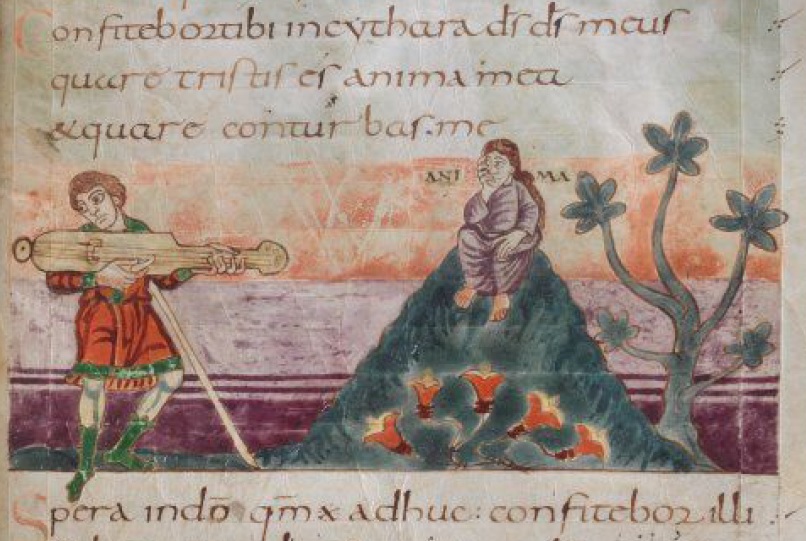 Revival of Classical Learning
Revival of Classical Learning
The Carolingian Renaissance, initiated during the reign of Charlemagne in the 8th and 9th centuries, marked a revival of classical learning and educational reforms. Charlemagne and his advisors sought to enhance the intellectual and cultural life of the Frankish Empire by promoting the study of classical texts, improving literacy, and reforming educational institutions. This revival involved the preservation and copying of ancient manuscripts, as well as the establishment of schools attached to monasteries and cathedrals.
Development of Educational Institutions
The Carolingian Renaissance led to the development of educational institutions that became models for medieval learning. Monastic and cathedral schools were established to provide instruction in the liberal arts, including grammar, rhetoric, logic, arithmetic, geometry, music, and astronomy. These schools produced educated clergy and administrators who played key roles in governance and the church. The emphasis on education helped to create a literate and learned elite, fostering intellectual growth throughout the Carolingian Empire.
Standardization of Curriculum and Script
One of the significant achievements of the Carolingian Renaissance was the standardization of the curriculum and script. The adoption of Carolingian minuscule, a clear and legible script, facilitated the copying and dissemination of texts. This standardization improved communication and record-keeping, making written materials more accessible. The curriculum, based on classical and Christian texts, provided a foundation for the educational programs of subsequent medieval schools and universities.
Conclusion
The Carolingian Renaissance had a lasting impact on medieval education by reviving classical learning, developing educational institutions, and standardizing curriculum and script. These reforms laid the groundwork for the intellectual developments of the later Middle Ages and the Renaissance, contributing to the advancement of European education and scholarship.
 Foundations of Scholastic Thought
Foundations of Scholastic Thought